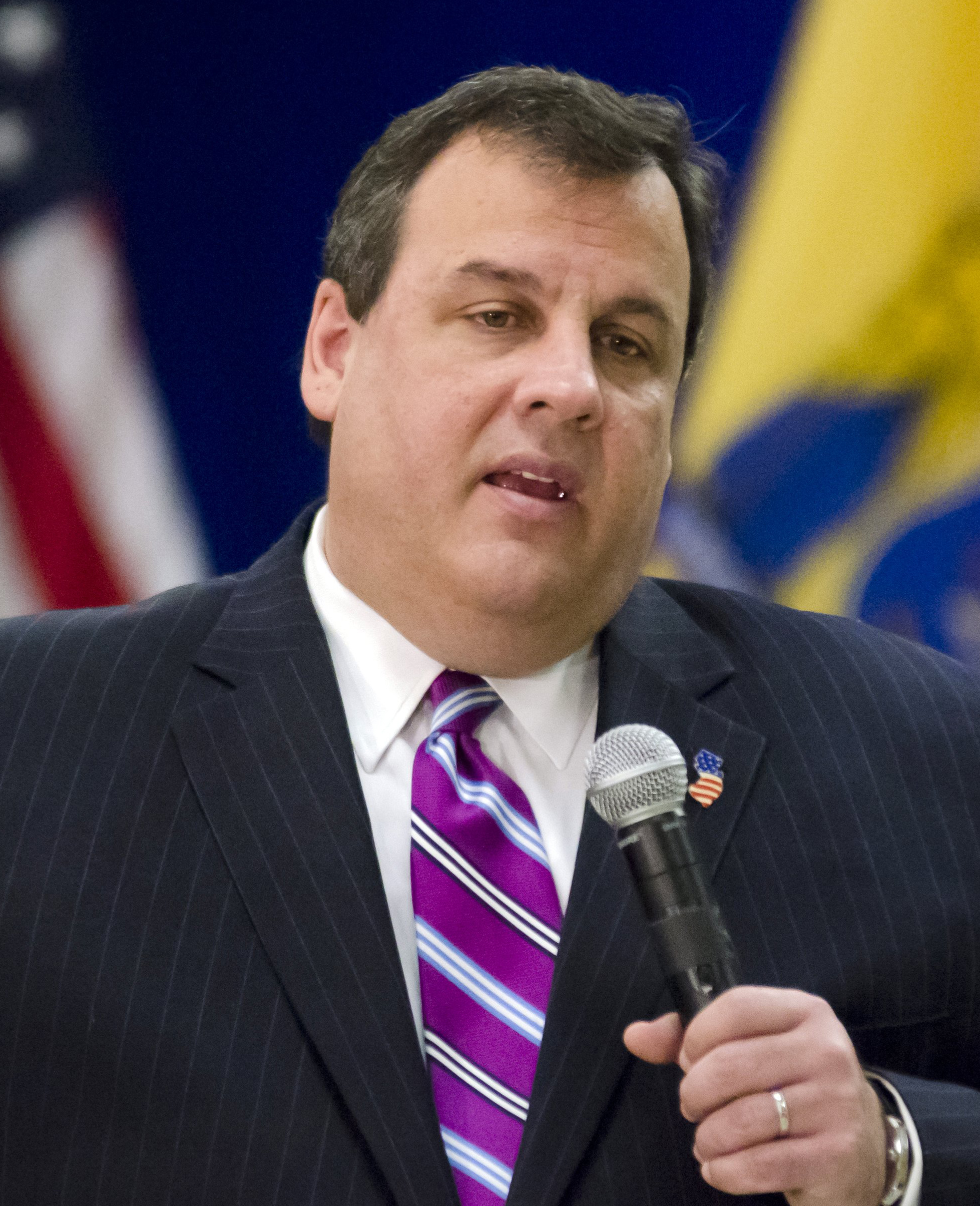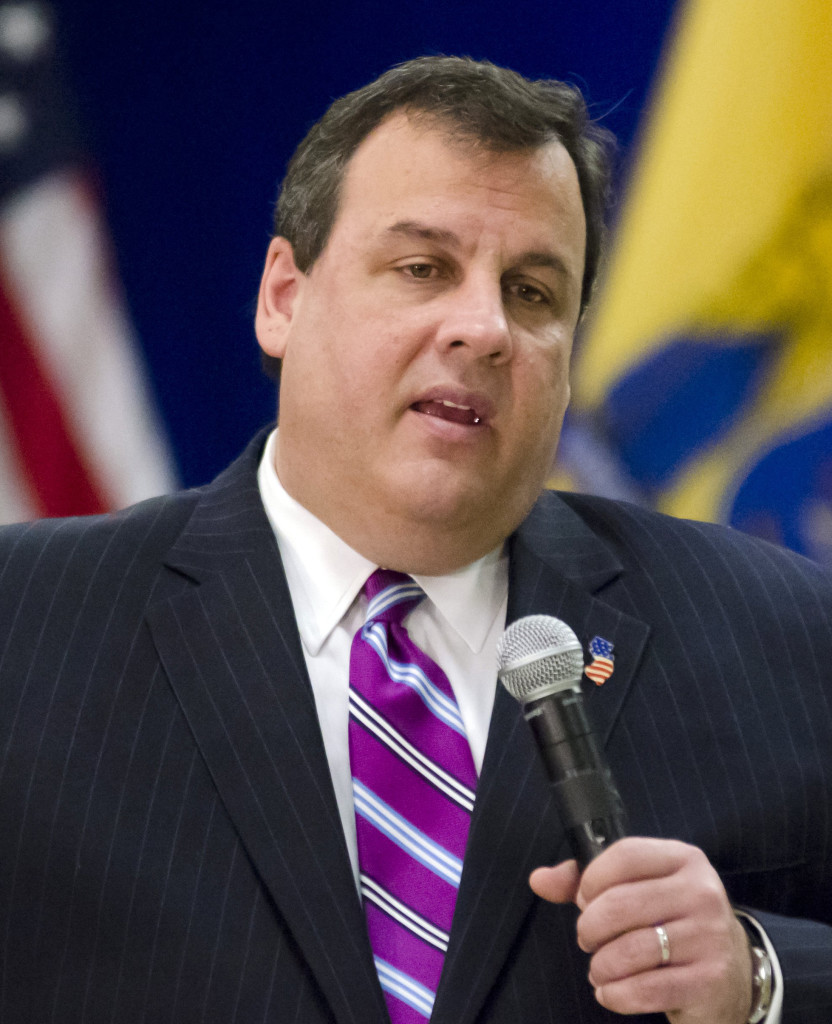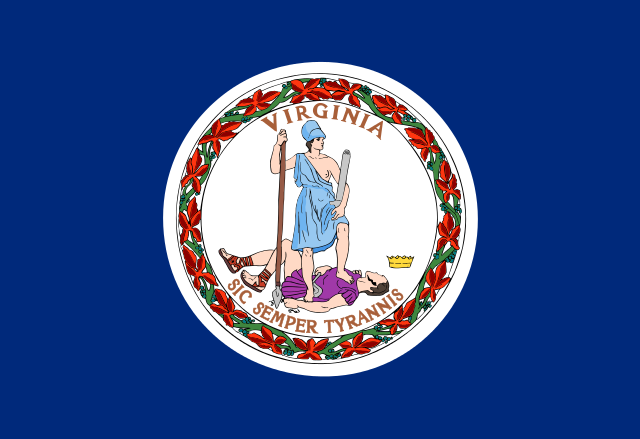The major ratings agencies all upheld Maryland’s AAA bond rating this week.
But all three agencies expressed concern over the state’s pension debt. S&P in particular warned that pension liabilities, if not addressed, could lead to a rating downgrade in the future.
From the Maryland Reporter:
Fitch Ratings and Moody’s Investor Services call Maryland’s debt “moderate,” but Standard & Poor’s report says it is “above average.”
Moody’s said “low retirement system funded levels” represent a credit challenge for the state and “failure to adhere to plans to address low pension funded ratios” could make the rating go down.
Comptroller Peter Franchot said Wednesday he was concerned that the legislature would be tempted to cut the state’s pension contribution in order to find money for other programs.
Fitch Ratings noted, “Despite pensions being a comparative credit weakness, the state has taken multiple steps to reduce their burden and improve sustainability over time.”
S&P noted “implementation of various reforms and some improvements in funded ratios,” But it said “the state’s below-average pension funded ratios and annual contributions that do not meet the full [annual contribution] also continue to represent downside risk to the rating.”
The Fitch report can be read here.
The Moody’s report can be read here.
The S&P report can be read here.
Photo credit: Lendingmemo






